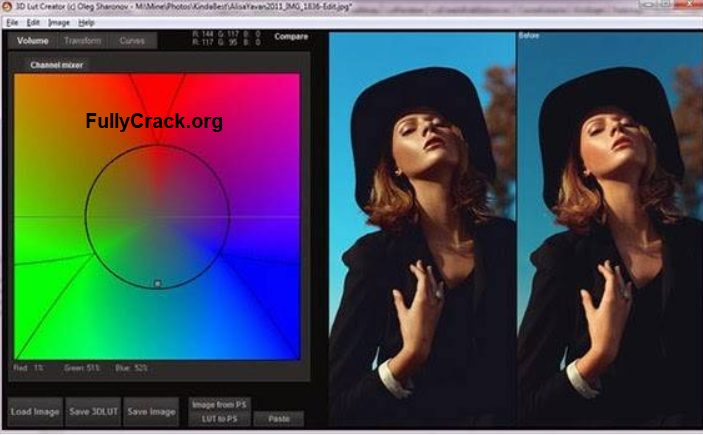
It's still worth trying outģDLUT mobile is an excellent resource for any media maker that wants to give their videos and photos a unique appearance.

However, instances where this app crashes when saving videos to the device's gallery have been reported by other users. This app has a straightforward interface and is relatively easy to use. Exporting 4K videos to various mobile devices is also possible. With this, you don’t need cutting-edge applications to edit your photos.Īfter editing your photos or videos, you can save them to your mobile device or upload the finished product directly to any social media platform like Facebook and Instagram. To get high-quality photos, you can alter a photo's color, brightness, and darkness by adjusting its white balance, saturation, and contrast. Moreover, you can adjust the brightness and select which filter you want to use. You can use myriad color combinations, including cool colors, black and white tones, warm hues, sunset shades, and more. As mentioned above, this editing tool has more than 200 filters to choose from. Additionally, here you will find many different filters categorized that can give you a unique experience. It can perform detailed color correction on videos and pictures by applying built-in presets based on LUTs or Look Up Tables.

Quickly store and retrieve variations of grades in the “Memories” window. DPX file in the same folder or the grade won’t import. DRX file where the grade is stored, BUT there must be an accompanying. To import a grade, right-click in the empty space in the Stills or PowerGrades album of your choice and select Import. You need both in order to reimport them or send them to a colleague. DRX file, which is the color settings, as well as a. You right-click on the image of the still in the Gallery, select Export, then select the folder in which you wish to store it. How you export and import PowerGrades and Stills is slightly more complicated than LUTS, but not prohibitively so. They are a much more complete way of capturing a grade. They collect the entire node tree, including sharpness, denoise information, power windows, and gradients, OpenFX filters, as well as Raw information. Stills and PowerGrades are able to store much more information than a LUT. If you have the Stills folder selected in the gallery, it’ll be stored as a Still, and if you have a PowerGrades folder selected, it’ll become a PowerGrade. You store a Still by right-clicking on the viewer and selecting Grab Still. If you right-click in this area, you can choose to create a new Stills or PowerGrades album, which is a collection of grades.

If you click the Gallery window in the Color tab, you can see the directory called Stills, and below that are folders that can be customized. Resolve’s native format for storing and sharing grades is called “Stills” and “PowerGrades” - the difference being that Stills are specific to a particular project, whereas PowerGrades are shared across all projects of a user. Click on the “Gallery” window to customize your stills.


 0 kommentar(er)
0 kommentar(er)
